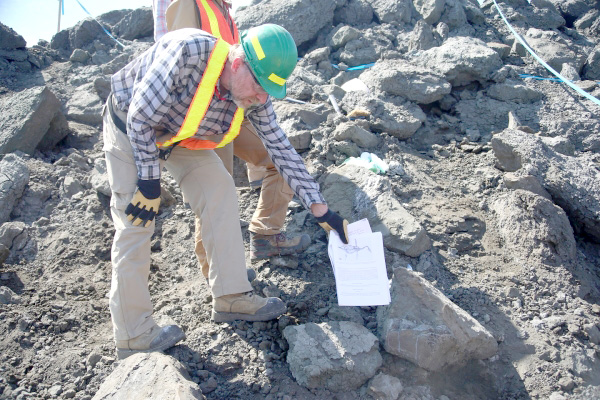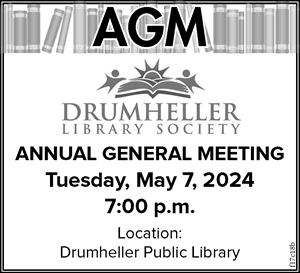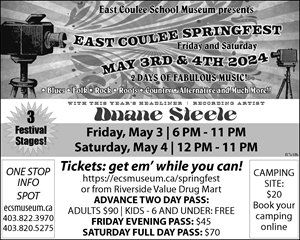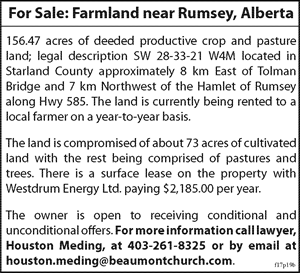
Royal Tyrrell Museum scientists are in possession of a new discovery of what is believed to be a plesiosaur that was found at Syncrude’s North Mine near Fort McMurray.
On June 7, a geotechnical instrumentation technician for Neegan Technical Services discovered the fossil while performing his regular duties. The fossil was found in inactive overburden. There have been more than a dozen finds in Syncrude’s history. The discovery is fitting as the Tyrrell currently has on display its popular exhibit Grounds for Discovery. These are Alberta fossil finds that were discovered in collaboration with industrial industries.
Dr. Donald Henderson, curator of dinosaurs at the Royal Tyrrell Museum, says the skeleton is about 60 per cent intact.
“Fossil-wise (60 per cent) that’s really good, but based on the past 25 years of Fort McMurray stuff, it’s not so good. We were getting used to 100 per cent complete things,” said Henderson. “The Suncor Nodosaur, for example, was probably 100 percent before it was hit by the giant bucket.
What also sets it apart is the positioning of the fossil.
“Most of the ones we have had in the past were perfectly laid out, they went to seabed nicely. This one is a bit of a jumble, like a road kill. The skull was detached from the rest of the body, and the lower jaw we haven’t seen and the teeth had fallen out,” said Henderson.
“I think it was quite rotten and it was scavenged before it was finally buried.”
He says that it appears as if the seabed may have had low oxygen which deterred other animals from scavenging.
“Once things got out of the biologically active zone they were home free,” he said. “But this one seems to have had some troubles along the way.”
He says this was a medium-sized plesiosaur. These reptiles are known for their serpent-like neck.
“We are thinking it is something very similar to something we first got way back in 1994, called Nichollsia borealis, named after Betsy Nicholls,” he said.
“The only good bone we have seen is the roof of the mouth and that bit of the skull. We really need to see the top of the skull to be sure if it is the same thing or something new.”
Henderson said it will take some time before they have a chance to work on the find.
“We are getting ready for a new exhibit that is opening in May, so all our technicians are getting that ready,” he said. “You need patience in this game. I tell people “the thing sat in the ground for 112 million years, it can wait six months.’”



























